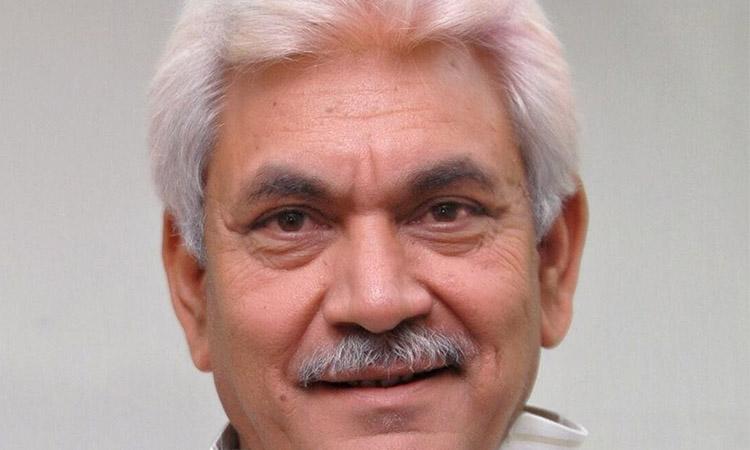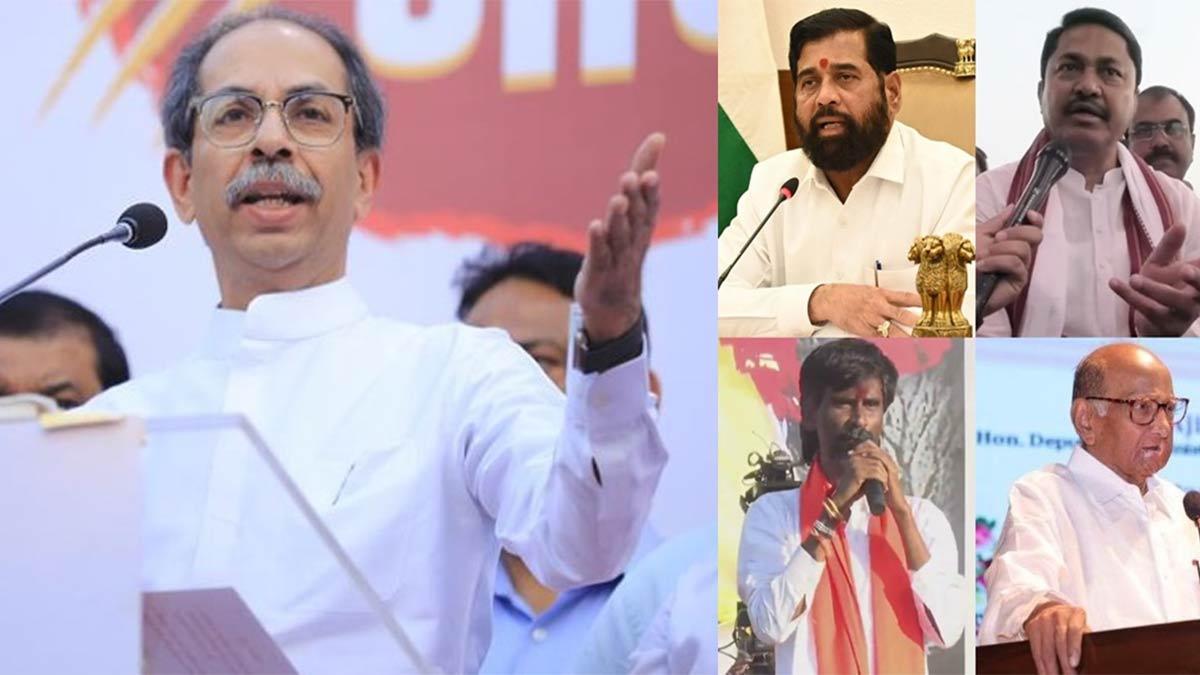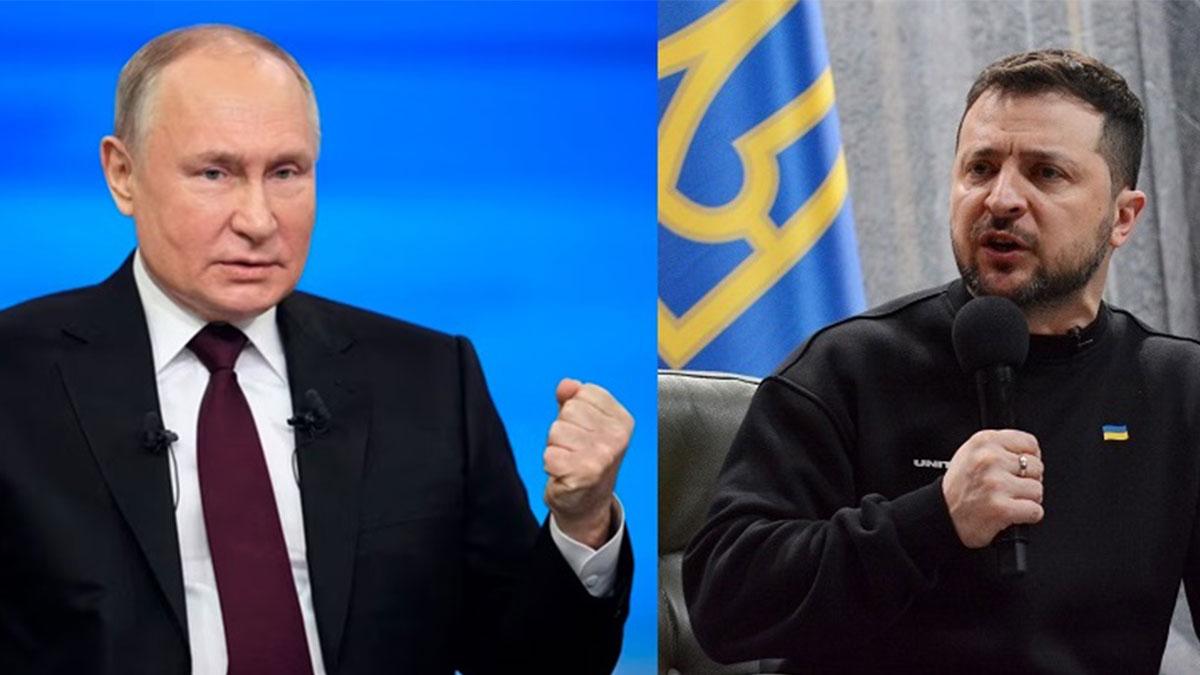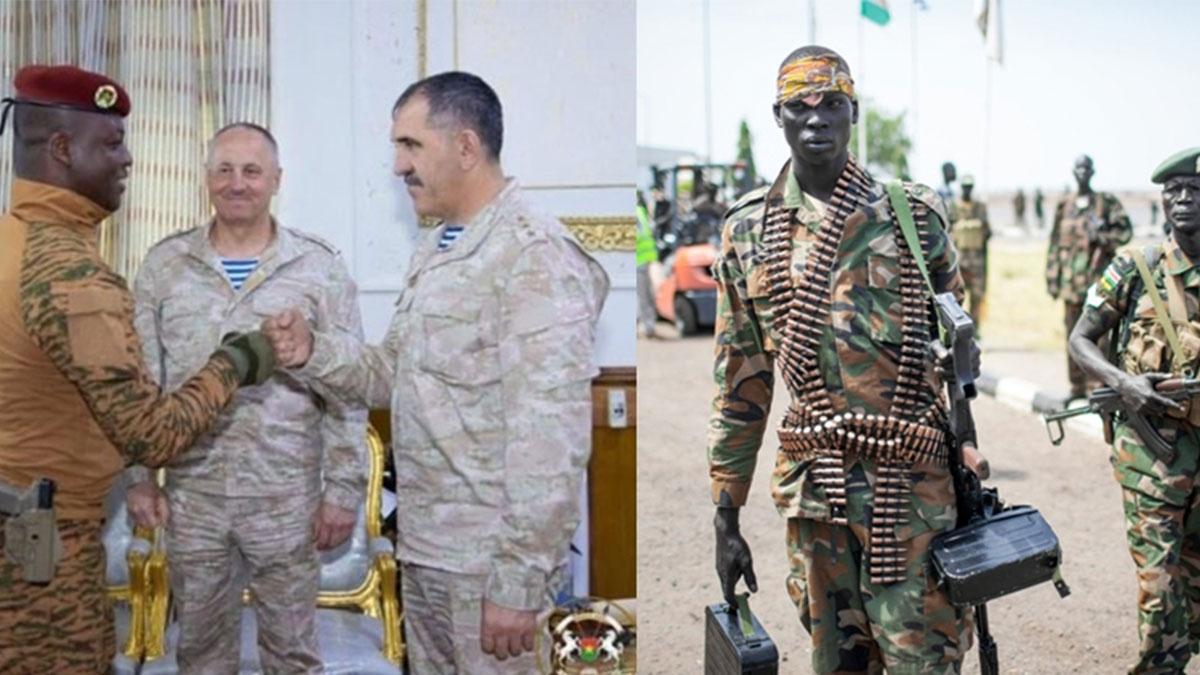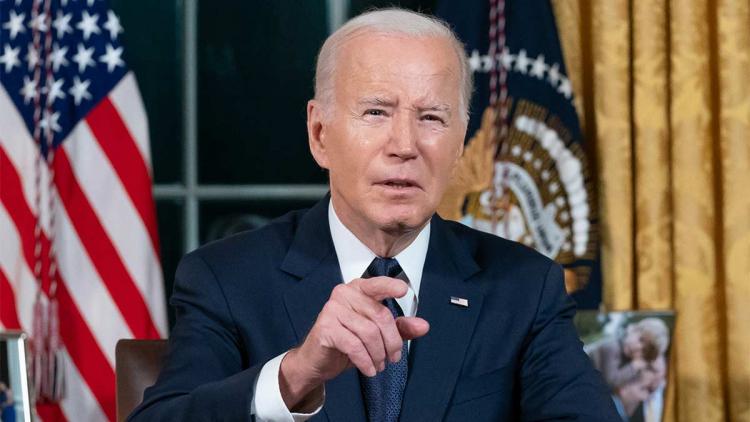Admittedly all the semblance of normalcy in Kashmir over the last 2-3 years cannot be attributed exclusively to withdrawal of the States special status and its reduced conversion to a Union Territory by the Jammu and Kashmir Reorganisation Act of August 2019. There is incontrovertible evidence, facts and figures, which make it clear that the violent clashes and demonstrations would not have been curbed without the aggressive Central interventions of 5 August 2019 and thereafter.
Again, this has to be admitted that there has not been a veritable revolution of development and reconstruction, or a massive employment package for the over 7 lakh unemployed youths and New Delhi has not been able to fully neutralise the decades-old culture of competitive separatism and create a mainstream political alternative to what it used to call 'dynastic politics'. Prime Minister Narendra Modi's recent outreach to Farooq Abdullah's National Conference and Mehbooba Mufti's Peoples Democratic Party (PDP) is significant.
For analysts it would be perhaps fairer to appreciate that much of the time of Governor Satya Pal Malik and the two Lieutenants Governors, GC Murmu and Manoj Sinha, has been consumed by the paper work -- drafting new laws and rules and formulation of policies -- rather than the developmental governance. An entrenched bureaucracy with favourites of the previous political regimes manning key positions in the government has also retarded delivery in some fields.
Nevertheless, the incumbent LG Manoj Sinha, who will be completing one year in office this week, has a mosaic of achievements to his credit. He affected some crucial changes simply with his conduct and clarity of purpose. It was arguably for the first time in several decades that a head of the government abandoned his helicopter and reduced the visibility of the State aircraft to reach out to all sections of the population in all 20 districts by road. He also visited mosques, shrines, temples, gurudwaras and other places of reverence of all religions, winning the faith and respect of the diverse populations.
ALSO READ | Why J&K Turned Its Back On Stone-Pelters & Militants Seeking Govt Jobs
For every objective assessment, the law and order situation, peace, turbulence and violence surface as the foremost factors in a region afflicted with anarchic demonstrations, clashes, killings, shutdowns, curfews, arrests and detentions for three full decades. Admittedly, all statistics indicate a sea change�a contrast in the situation that prevailed before and after 5 August 2019.
There have been around 20 encounters and terror attacks in and around the capital city of Srinagar in the last two years in which some soft civilian and Police targets have been hit. Still the militants have suffered significant reverses, losing top ranking commanders like Junaid Sehrai and some Pakistani cadres. Operations and encounters have been unabated in South Kashmir but no major attack on the Police or security forces has occurred across the valley. As many as 90 militants have been killed in different encounters in the last 7 months, even as the fresh recruitment and indoctrination of youths has not been stopped completely in the last two years.
In the eventful period between 2008 and 2018, there were four major street eruptions in 2008, 2009, 2010 and 2016. With the PDP-BJP coalition taking over in March 2015, organised clashes began happening on occasion of all search operations and encounters. Violent demonstrators in hundreds -- sometimes in thousands -- failed most of the counterinsurgency operations and helped the holed up militants escape. Videos of the militants triumphantly escaping and the people worshipping them as heroes went viral on many occasions in the social media.
Most of such demonstrations in Omar Abdullah's government in 2009 and 2010 and Mehbooba Mufti's regime in 2016-18 were doused with gunfire, teargas and pellets. While more than 400 civilians got killed in the firing by Police and security forces in that period, the number of the civilians, the Police and the paramilitary personnel injured in the clashes was in thousands. There were unceasing shutdowns enforced by the separatists and the militants. Hundreds, if not thousands, of stories about the civilians hit by bullets and pellets appeared in the national and international media.
ALSO READ | The Worrisome Chinese Space Programme
Perhaps the only incident of civilians injured in pellet firing across the valley in the last two years has been reported during two Muharram processions in Srinagar in August 2020. This perpetual calm has denied space and relevance to the photojournalists usually hungry for melodrama. It has remarkably impacted the situation. Hotels, houseboats and resorts have experienced the decade's highest occupancy notwithstanding the Covid-19 pandemic from January to August this year and the tariff, according to the tourists as well as the hoteliers, is "the highest in India".
Authorities were expecting an influx of over one million tourists and pilgrims before the annual Amarnath pilgrimage was cancelled due to the prevalence of coronavirus in June 2021.
"But we can't give credit only to the abrogation of (Article) 370. It has to be appreciated that the transformation began from the day of the termination of the Mehbooba Mufti government. Right from day one in March 2015, BJP was virtually helpless before the PDP. BJP was concerned only about Jammu. It left Kashmir completely to the PDP", said a Srinagar-based BJP leader.
"The PDP and its government in Kashmir were conveniently occupied by the separatists, militants and their supporters and sympathisers in the administration and Police. Ministers and officers would selectively pick aides from Jamaat (Jamaat-e-Islami) and Hizbul Mujahideen. Everything from government and bank jobs to contracts and supply orders went to them. Vice Chancellors, even judges, were recommended by them. That all ended only when Governor's rule was imposed in June 2018", said the BJP leader.
Most of the political analysts map the contours of normalcy from February 2019 when the Government of India introduced radical changes in policies and announced an end to the soft-separatism within the mainstream parties. Immediately after the death of 40 CRPF men in a suicide strike there was ban the groups like Jamaat and JKLF. Security cover and the VIP status were withdrawn from the separatists. Many of them like Yasin Malik were jailed and the cases against them were revived.
That chain of interventions, around the Lok Sabha elections in 2019, led to the revocation of J&K's special status and the erstwhile State's split into the UTs of J&K and Ladakh. Sections of the population in Kashmir, as also the national opposition, dismissed these interventions as "constitutional vandalism", claiming that a fresh strife would start the day Kashmiri leaders would be released and the armed forces deployments withdrawn.
As all the mainstream Kashmiri politicians have been free for over a year now, the political lockdown has been withdrawn as long back as in November 2019, the forces deployments have been drastically reduced and the district development council elections of massive participation held in October-December 2020. Remarkably, there has been no confrontation between the Kashmiris and the government and its security forces.

